Home>Gardening & Outdoor>Plant Care & Gardening Tips>How To Pinch Back Mums
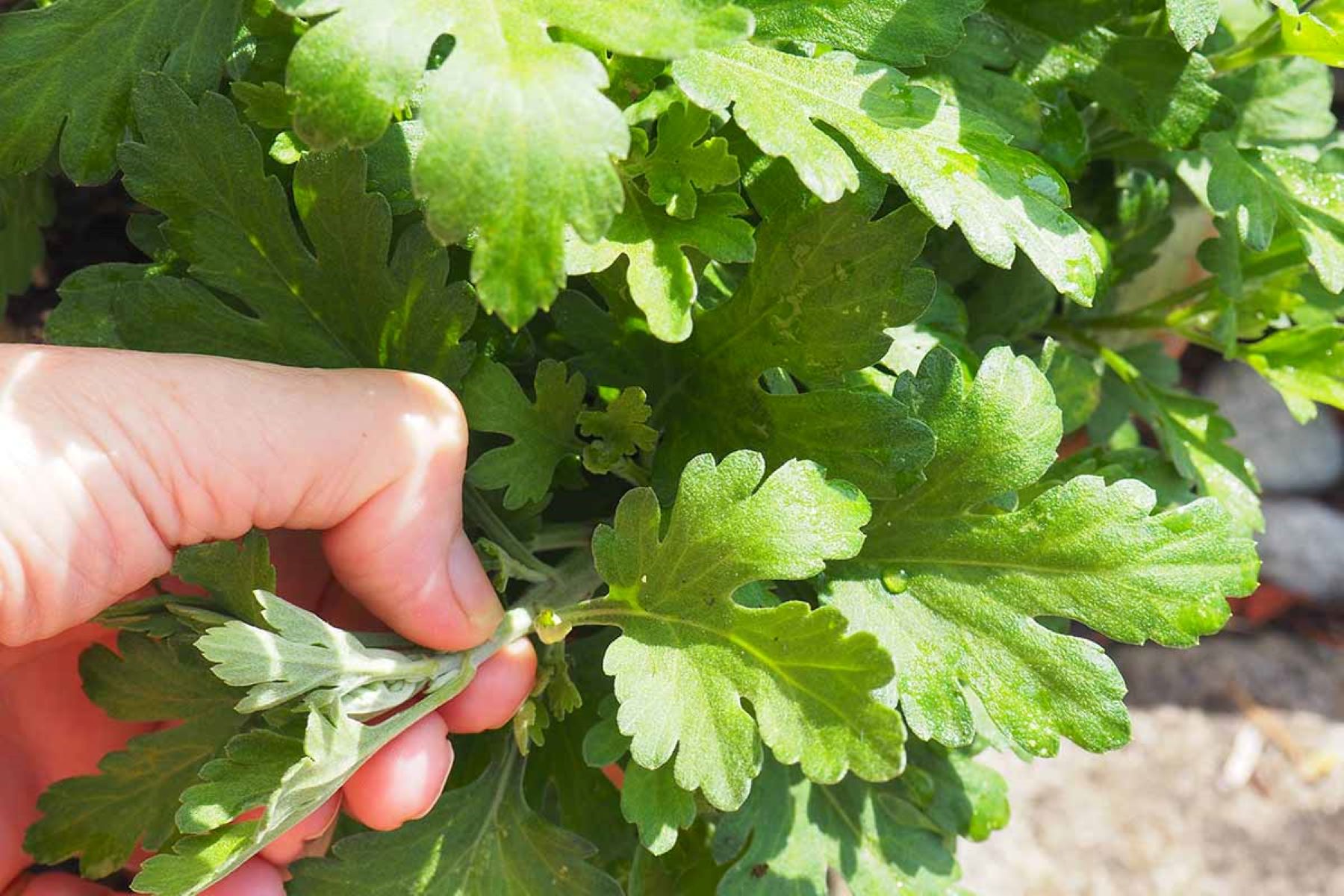

Plant Care & Gardening Tips
How To Pinch Back Mums
Published: February 16, 2024
Learn the best plant care and gardening tips for mums, including how to pinch them back for healthier, fuller growth. Expert advice for beautiful, thriving mums.
(Many of the links in this article redirect to a specific reviewed product. Your purchase of these products through affiliate links helps to generate commission for Storables.com, at no extra cost. Learn more)
Introduction
When it comes to cultivating thriving and vibrant mums, the art of pinching back is a game-changer. This simple yet effective technique involves strategically removing the top growth of the plant, which ultimately encourages bushier and more robust growth. By harnessing the power of pinching, gardeners can steer the direction of growth, promote abundant flowering, and ensure a visually stunning display of blooms.
The process of pinching back mums is not only a practical method for shaping the plant, but it also serves as a form of rejuvenation, stimulating fresh growth and enhancing the overall health of the mum. Whether you are a seasoned gardener or a novice enthusiast, mastering the art of pinching back mums can elevate your gardening prowess and yield impressive results.
In this comprehensive guide, we will delve into the intricacies of pinching back mums, providing step-by-step instructions and valuable insights to empower you in this horticultural endeavor. From understanding the ideal timing for pinching to mastering the technique with finesse, this guide will equip you with the knowledge and confidence to elevate your mum-growing experience. So, grab your gardening gloves and let's embark on this transformative journey to unlock the full potential of your mums through the art of pinching back.
Key Takeaways:
- Pinching back mums at the right time and with precision can make them grow bushier and produce more beautiful blooms, creating a stunning garden display.
- By timing the pinching process and using the right technique, gardeners can sculpt mums into vibrant, healthy plants that continuously produce an abundance of blossoms.
Read more: How To Cut Back Mums In The Spring
What You Need
Before embarking on the journey of pinching back mums, it's essential to gather the necessary tools and materials to ensure a seamless and successful process. Here's what you'll need:
-
Healthy and Established Mums: Select mums that are well-established and in good health. Look for plants with sturdy stems and a lush, green foliage. Healthy mums are better equipped to respond positively to the pinching process, resulting in vigorous growth and abundant blooms.
-
Pruning Shears or Pinching Tool: A sharp pair of pruning shears or a specialized pinching tool is indispensable for the task at hand. These tools enable precise and clean cuts, minimizing the risk of damage to the plant. Ensure that your pruning shears are sharp to facilitate smooth and efficient snips.
-
Gardening Gloves: Protect your hands with a reliable pair of gardening gloves. Not only do they shield your skin from thorns and rough surfaces, but they also provide a better grip when handling the mums, especially during the pinching process.
-
Disinfectant: It's crucial to keep your pruning tools clean to prevent the spread of diseases between plants. Have a disinfectant solution on hand to sterilize your pruning shears before and after each use. This simple practice can safeguard the health of your mums and maintain a disease-free growing environment.
-
Optional: Rooting Hormone: If you plan to propagate the pinched cuttings to expand your mum collection, consider having rooting hormone powder or gel. This can enhance the success rate of root development in the cuttings, facilitating the propagation process.
By ensuring that you have these essential items at your disposal, you can approach the task of pinching back mums with confidence and preparedness. With the right tools and healthy mums, you are poised to unlock the full potential of your plants and witness the transformative impact of the pinching technique.
Step 1: Timing is Everything
The success of pinching back mums hinges on impeccable timing. Understanding the optimal stage to initiate the pinching process is crucial for maximizing its effectiveness. The goal is to intervene at a strategic point in the plant's growth cycle, harnessing its natural tendencies to spur desirable outcomes.
The ideal timing for pinching back mums is contingent upon the specific variety and the intended blooming period. As a general rule of thumb, the pinching should be executed during the early stages of growth, typically in spring or early summer. This timing allows ample room for the mums to respond to the pinching by redirecting their energy towards lateral growth and bud development.
Observing the growth pattern of the mums is pivotal in determining the opportune moment for pinching. Keep a watchful eye on the emergence of new shoots and the overall stature of the plant. When the mums reach a height of around 6 to 8 inches and exhibit vigorous vegetative growth, it signals the prime window for pinching.
It's important to note that the timing may vary based on the intended blooming season. For mums slated to bloom in late summer or fall, an early pinching in spring is recommended to facilitate the development of a compact and robust framework. Conversely, for mums destined for spring or early summer blooms, a late-winter pinching can set the stage for a profusion of blossoms during the intended flowering period.
Furthermore, if you have overwintered mums or are working with established plants, timing the initial pinching immediately after the last frost can invigorate the dormant plants and kickstart the growth process.
By aligning the pinching process with the natural growth trajectory of the mums and factoring in the anticipated blooming timeline, you can synchronize the intervention for maximum impact. This strategic approach sets the stage for a bountiful display of blooms and ensures that the mums flourish in a well-directed and balanced manner.
Mastering the art of timing in pinching back mums is akin to conducting a symphony, orchestrating the elements of growth to harmonize and culminate in a breathtaking floral composition. With this fundamental understanding in place, you are primed to embark on the next phase of the pinching journey, equipped with the knowledge to seize the opportune moment and guide the mums towards a flourishing future.
Pinch back mums in early summer by removing the top 1-2 inches of new growth. This encourages bushier growth and more flower buds.
Step 2: Pinching Technique
The pinching technique is a pivotal maneuver that empowers gardeners to sculpt the growth of mums with precision and finesse. This hands-on approach involves selectively removing the terminal bud or central stem of the plant, prompting lateral branching and stimulating a fuller, more compact form. By strategically executing the pinching process, gardeners can exert influence over the mums' growth pattern, fostering a lush and abundant display of blooms.
To commence the pinching process, identify the central stem or terminal bud at the top of the mum's main shoot. Using sharp pruning shears or a specialized pinching tool, make a clean and precise cut just above a set of leaves or a node. It is crucial to execute the cut at the desired height, typically leaving 3 to 4 inches of the main stem intact. This careful incision serves as the catalyst for branching, redirecting the plant's energy towards lateral growth and bud formation.
As you perform the pinching, it's essential to adopt a gentle and deliberate approach, ensuring that the cut is executed smoothly without causing undue stress to the plant. By maintaining a steady hand and employing controlled movements, you can minimize the risk of damage and promote a swift recovery for the mum.
Furthermore, it's advisable to remove any flower buds or lateral shoots near the top of the plant to concentrate the growth-promoting hormones at the lower nodes. This strategic removal of competing growth points encourages the development of robust lateral shoots, fostering a denser and more floriferous mum.
In the aftermath of the pinching, the mums may initially exhibit a temporary setback as they redirect their resources and adjust to the altered growth pattern. However, this brief pause is swiftly followed by a surge of new growth at the nodes just below the pinch point, signifying the successful initiation of lateral branching.
As the mums respond to the pinching by channeling their energy into lateral shoots, a bushier and more compact form begins to take shape. This transformation sets the stage for an exuberant profusion of blooms, as the increased number of flowering stems culminates in a visually captivating display.
Mastering the pinching technique is akin to sculpting a living work of art, where each precise cut and strategic intervention shapes the mums' growth trajectory. With a deft hand and a keen eye, gardeners can harness the transformative power of pinching to orchestrate a symphony of floral abundance, elevating the mums to new heights of vitality and beauty.
Step 3: Repeat as Needed
Once the initial pinching process has been executed with precision and finesse, the journey towards cultivating flourishing mums enters a phase of ongoing vigilance and strategic intervention. The concept of "repeat as needed" encapsulates the iterative nature of pinching back mums, emphasizing the importance of continuous monitoring and selective pruning to maintain the desired growth trajectory.
As the mums respond to the initial pinching by initiating lateral growth and branching, it becomes imperative to monitor the subsequent development and shape the plant's form as it progresses. This entails observing the emergence of new shoots and assessing the overall density and structure of the plant. By remaining attuned to the mums' growth patterns, gardeners can discern the opportune moments for further pinching to reinforce and refine the plant's architecture.
The decision to repeat the pinching process hinges on the evolving growth dynamics of the mums. As the lateral shoots develop and the plant gains vigor, selective pinching can be employed to encourage additional branching and compact growth. This iterative approach serves to maintain a balanced and robust framework, preventing the mums from becoming overly leggy or top-heavy.
When contemplating the need for subsequent pinching, it's essential to evaluate the density of the plant and the distribution of lateral shoots. Targeted pinching can be employed to thin out overcrowded areas and redirect the plant's energy towards promoting a more uniform and lush growth pattern. By judiciously removing select terminal buds or central stems, gardeners can foster a harmonious and well-proportioned mum, poised for a spectacular display of blooms.
Furthermore, the repetition of pinching back mums aligns with the overarching goal of promoting abundant flowering. By strategically intervening to shape the plant's form and stimulate lateral growth, gardeners can optimize the potential for prolific blooming, ensuring that the mums yield a breathtaking profusion of blossoms.
The iterative nature of pinching back mums underscores the dynamic and responsive relationship between gardeners and their plants. Through astute observation and selective intervention, gardeners can guide the mums towards a state of vitality and abundance, perpetuating a cycle of growth and rejuvenation. By embracing the ethos of "repeat as needed," gardeners can cultivate mums that embody a harmonious balance of form and floral splendor, perpetuating the timeless allure of this beloved garden favorite.
Read more: How To Bring Mums Back To Life
Conclusion
In the realm of horticulture, the art of pinching back mums stands as a testament to the transformative power of strategic intervention. As we conclude this comprehensive guide, it is evident that the journey of pinching back mums transcends mere horticultural practice; it embodies a profound synergy between the gardener and the plant, where each precise cut and strategic maneuver shapes the trajectory of growth and blossoming.
Through the meticulous orchestration of timing, technique, and iterative refinement, gardeners can unlock the full potential of mums, sculpting them into resplendent showcases of floral abundance. The journey begins with an acute understanding of timing, where the opportune moment for pinching sets the stage for a cascade of lush growth and vibrant blooms. By aligning the pinching process with the natural rhythm of the mums' growth cycle, gardeners can harness the plant's innate vitality and steer it towards a flourishing future.
The pinching technique itself emerges as a pivotal act of sculpting, where each precise cut serves as a catalyst for lateral branching and compact growth. With a deft hand and a discerning eye, gardeners can shape the mums into bushy, well-proportioned marvels, poised to unleash a breathtaking profusion of blossoms. This hands-on approach not only fosters a visually captivating display but also nurtures the overall health and vigor of the mums, perpetuating a cycle of rejuvenation and vitality.
Furthermore, the concept of "repeat as needed" underscores the dynamic and responsive relationship between gardeners and their mums. By embracing the iterative nature of pinching, gardeners perpetuate a cycle of growth and refinement, ensuring that the mums maintain a balanced and robust framework, primed for a spectacular floral showcase.
As we reflect on the journey of pinching back mums, it becomes evident that this horticultural practice transcends the realm of mere cultivation; it embodies a harmonious collaboration between the gardener and the plant, where each intervention and observation shapes the mums into living works of art. The art of pinching back mums not only yields a visual spectacle of blooms but also fosters a profound connection with nature, encapsulating the timeless allure of gardening and the boundless beauty of floral abundance.
Frequently Asked Questions about How To Pinch Back Mums
Was this page helpful?
At Storables.com, we guarantee accurate and reliable information. Our content, validated by Expert Board Contributors, is crafted following stringent Editorial Policies. We're committed to providing you with well-researched, expert-backed insights for all your informational needs.
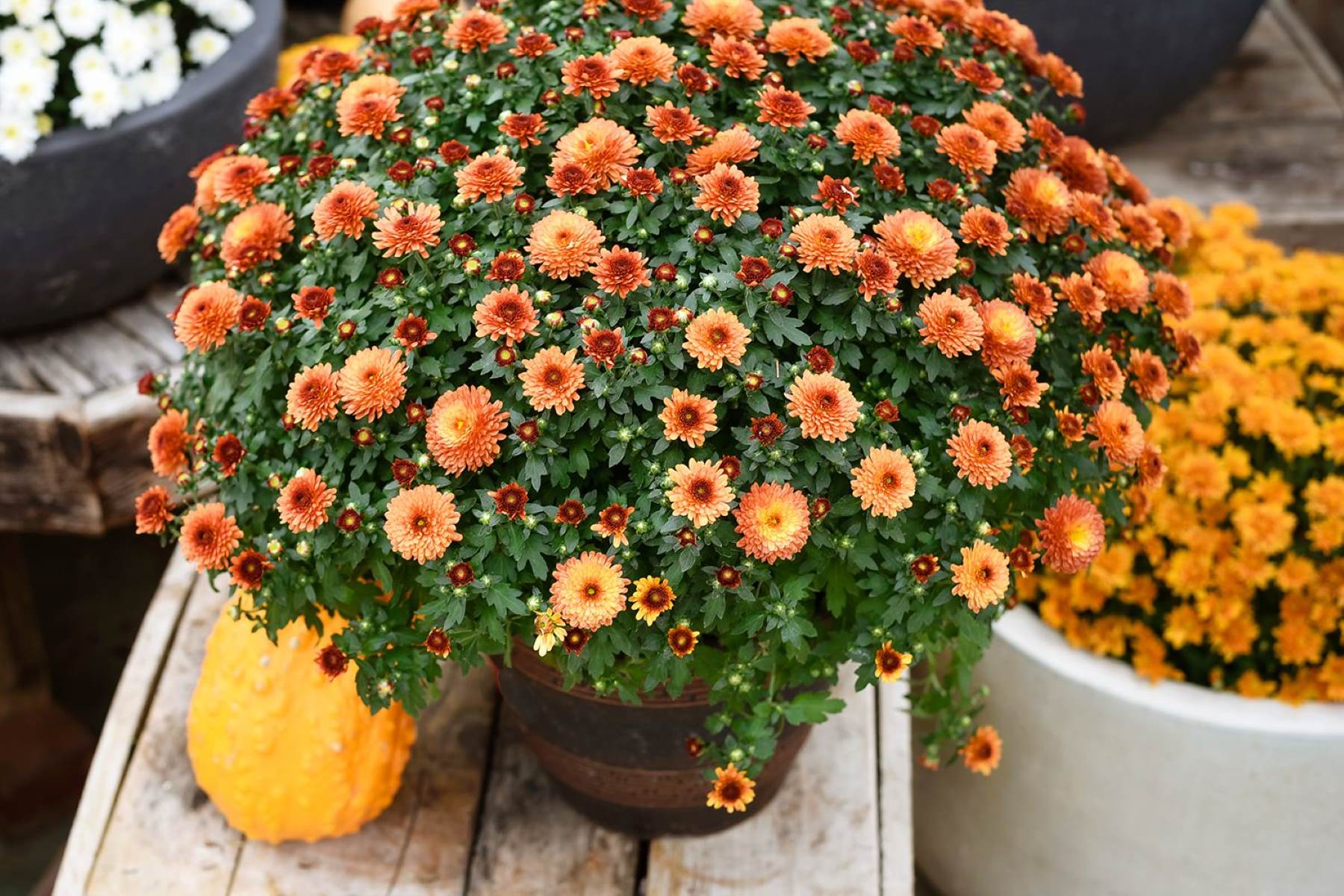
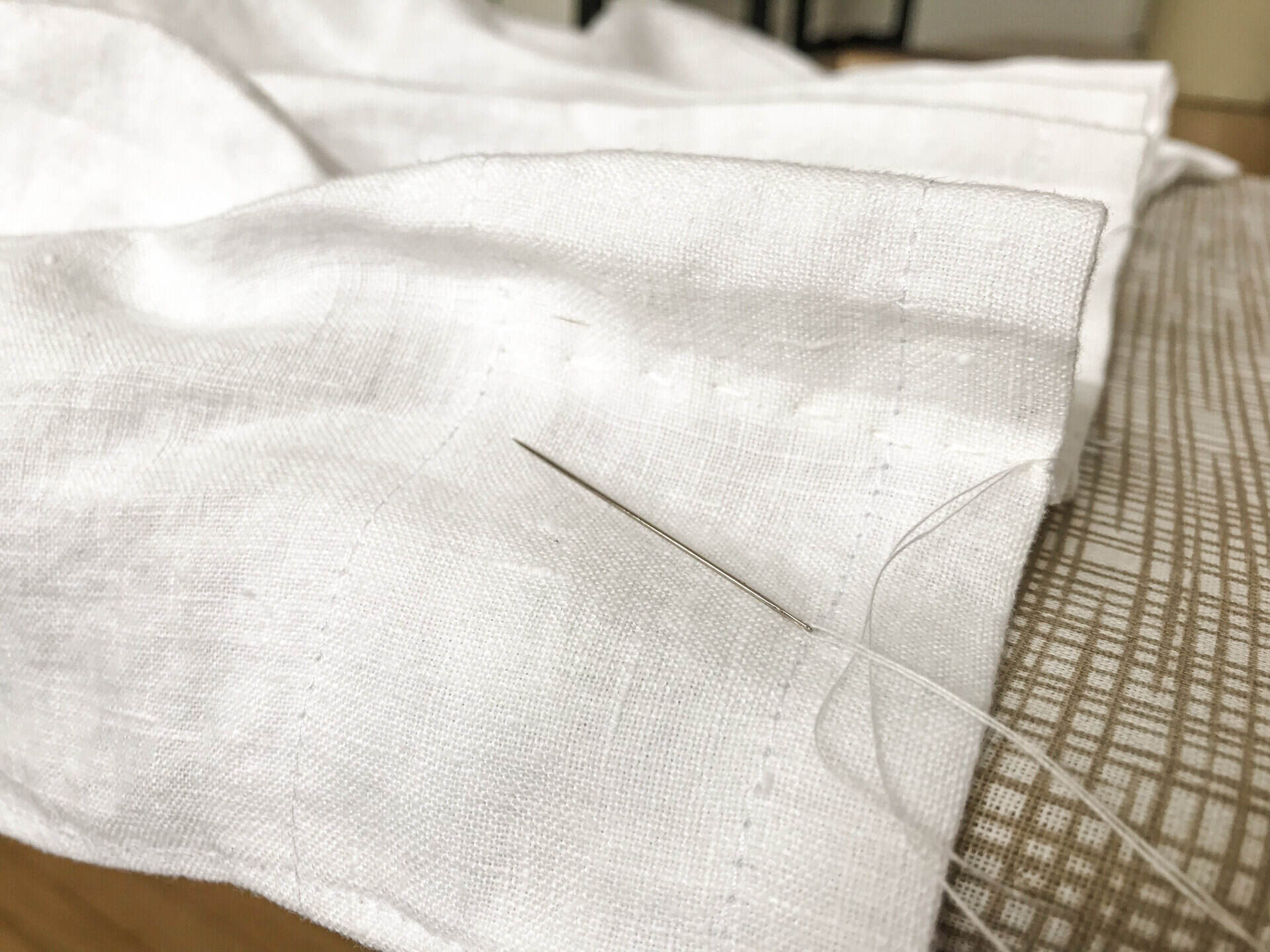
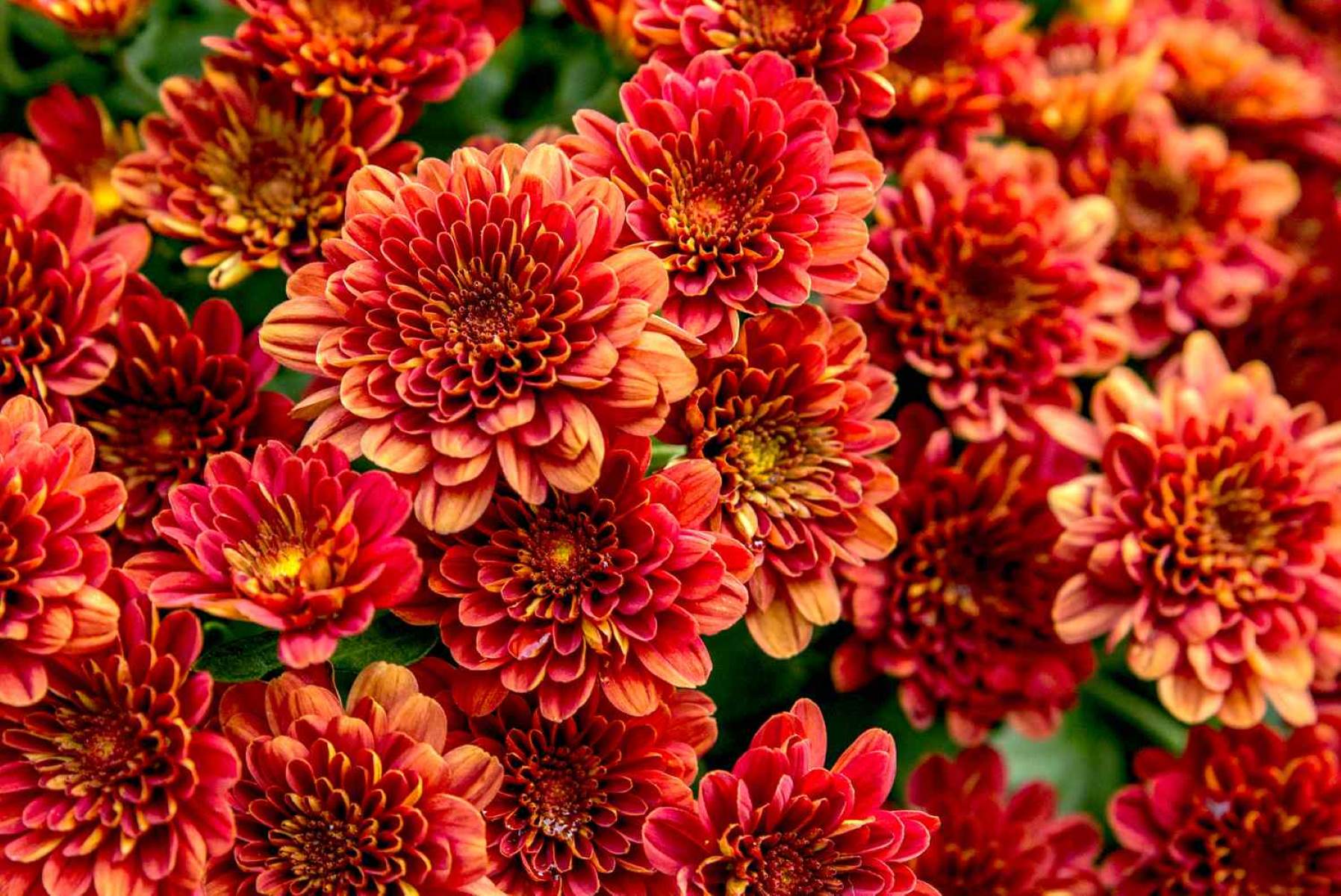
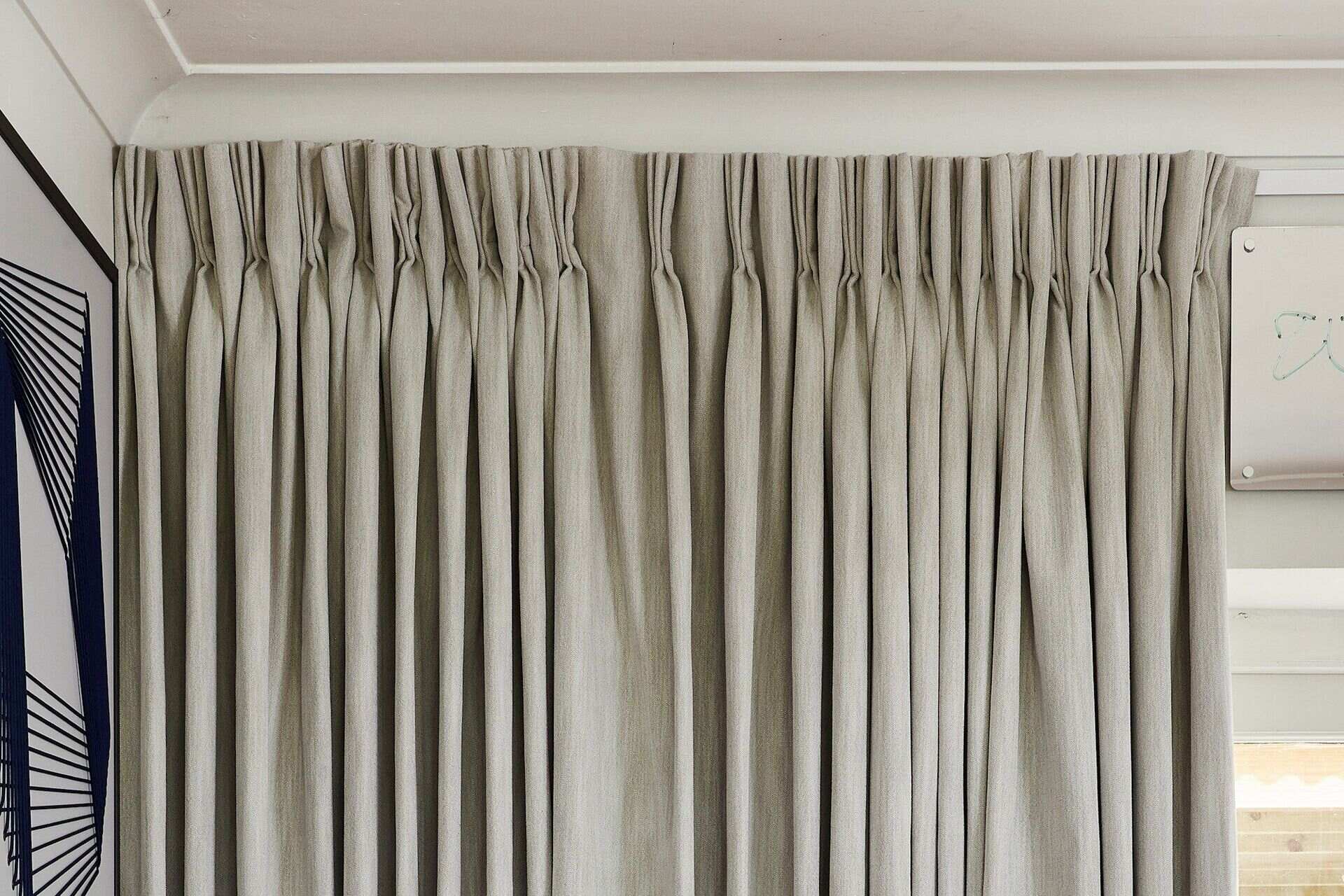
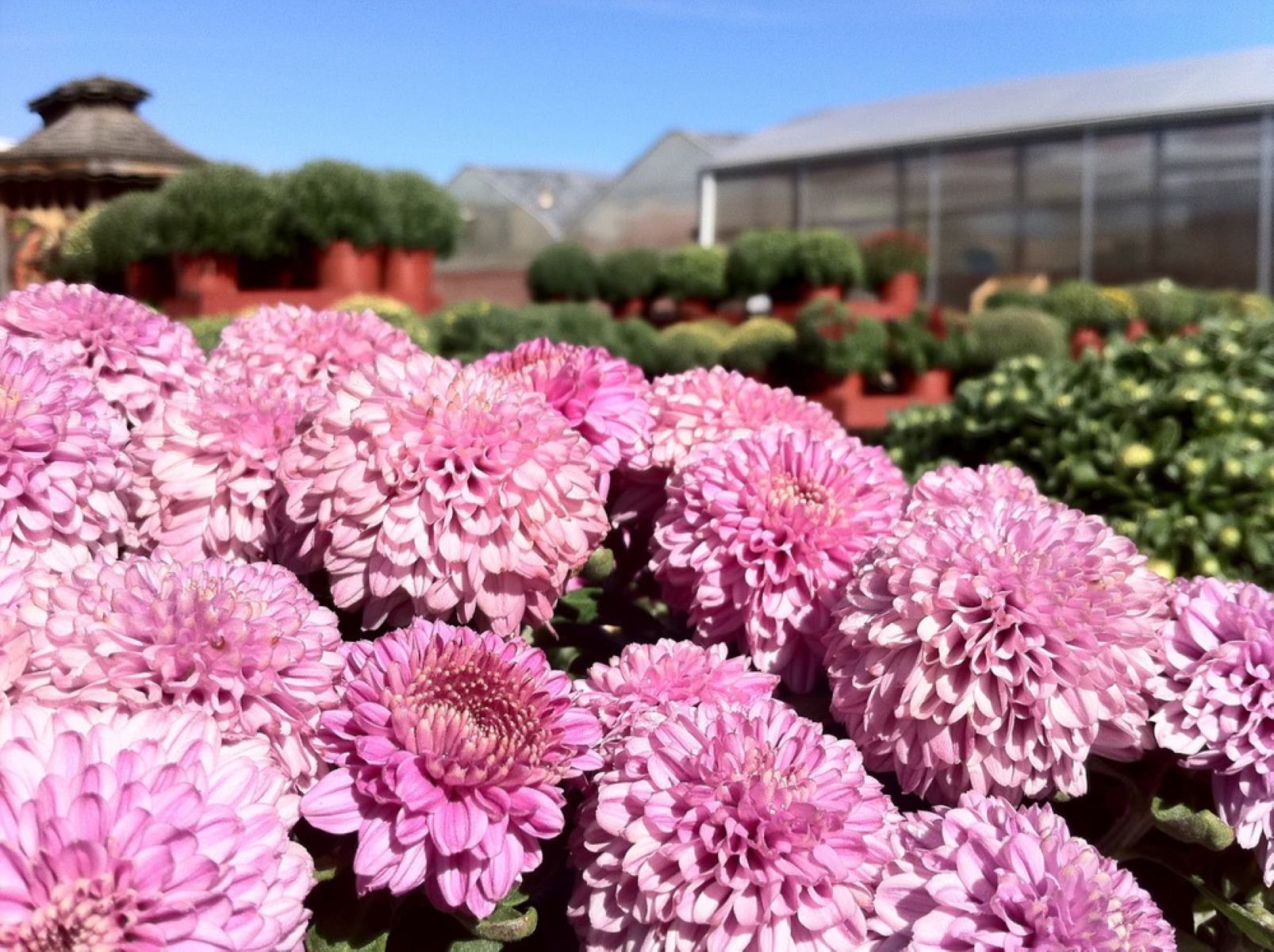
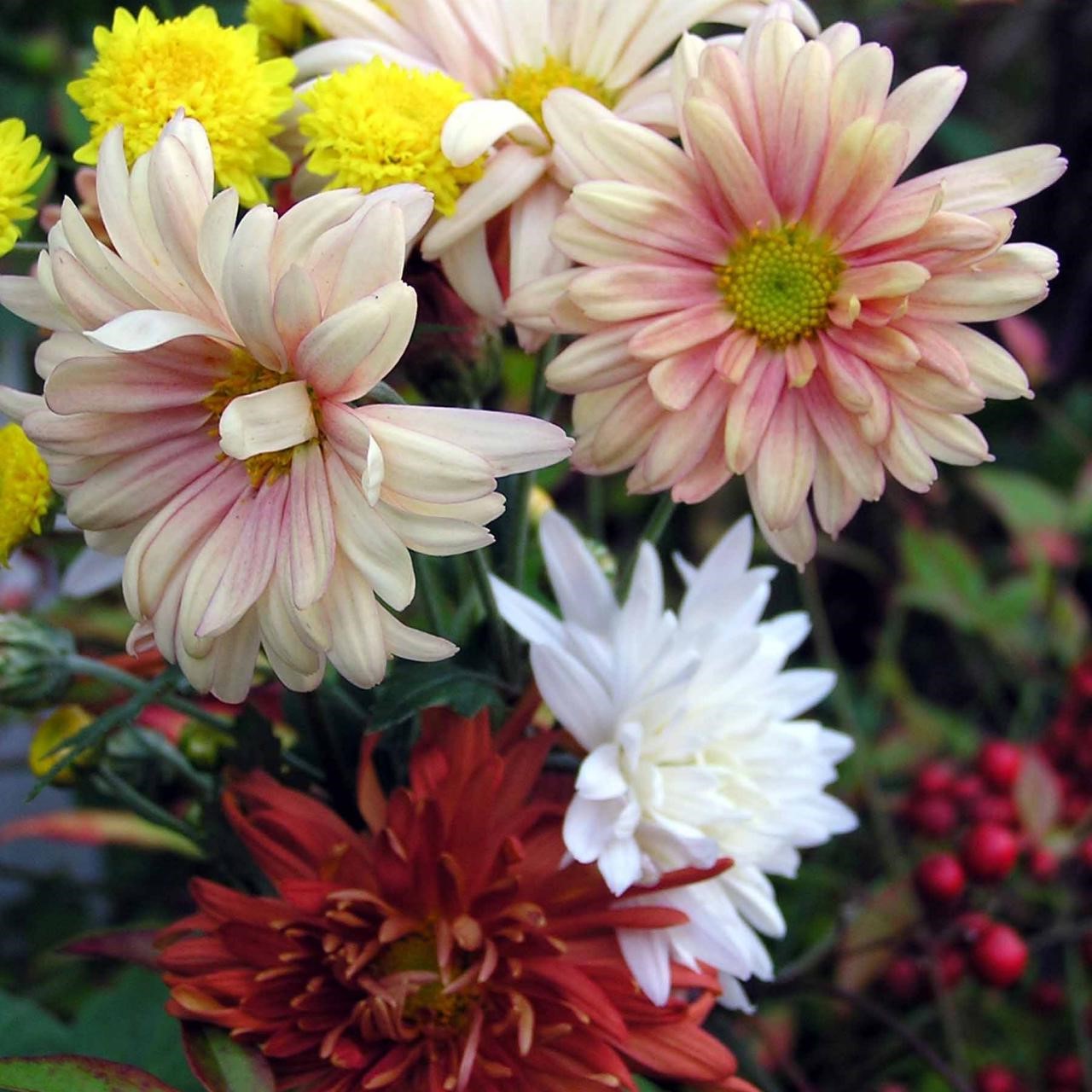
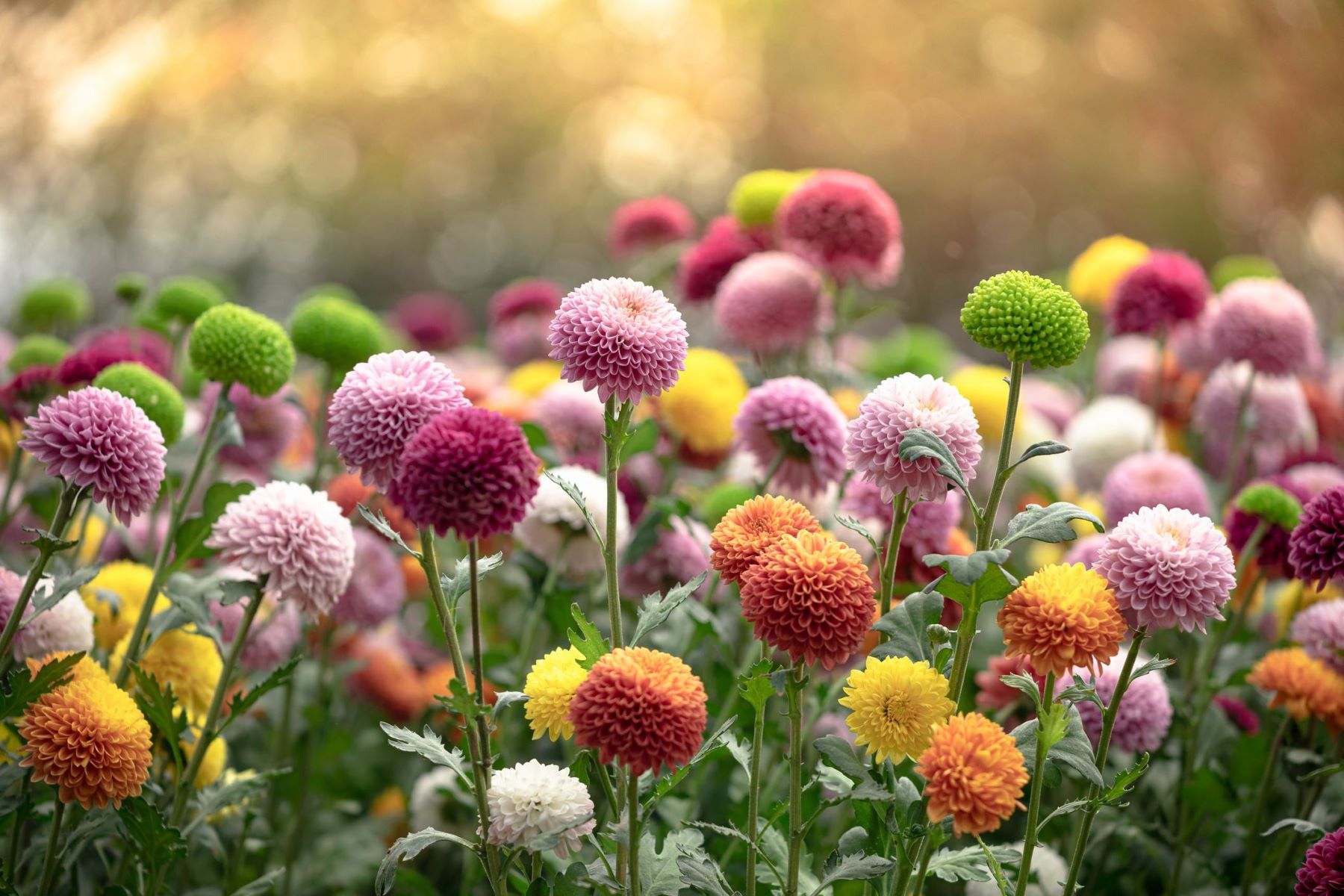
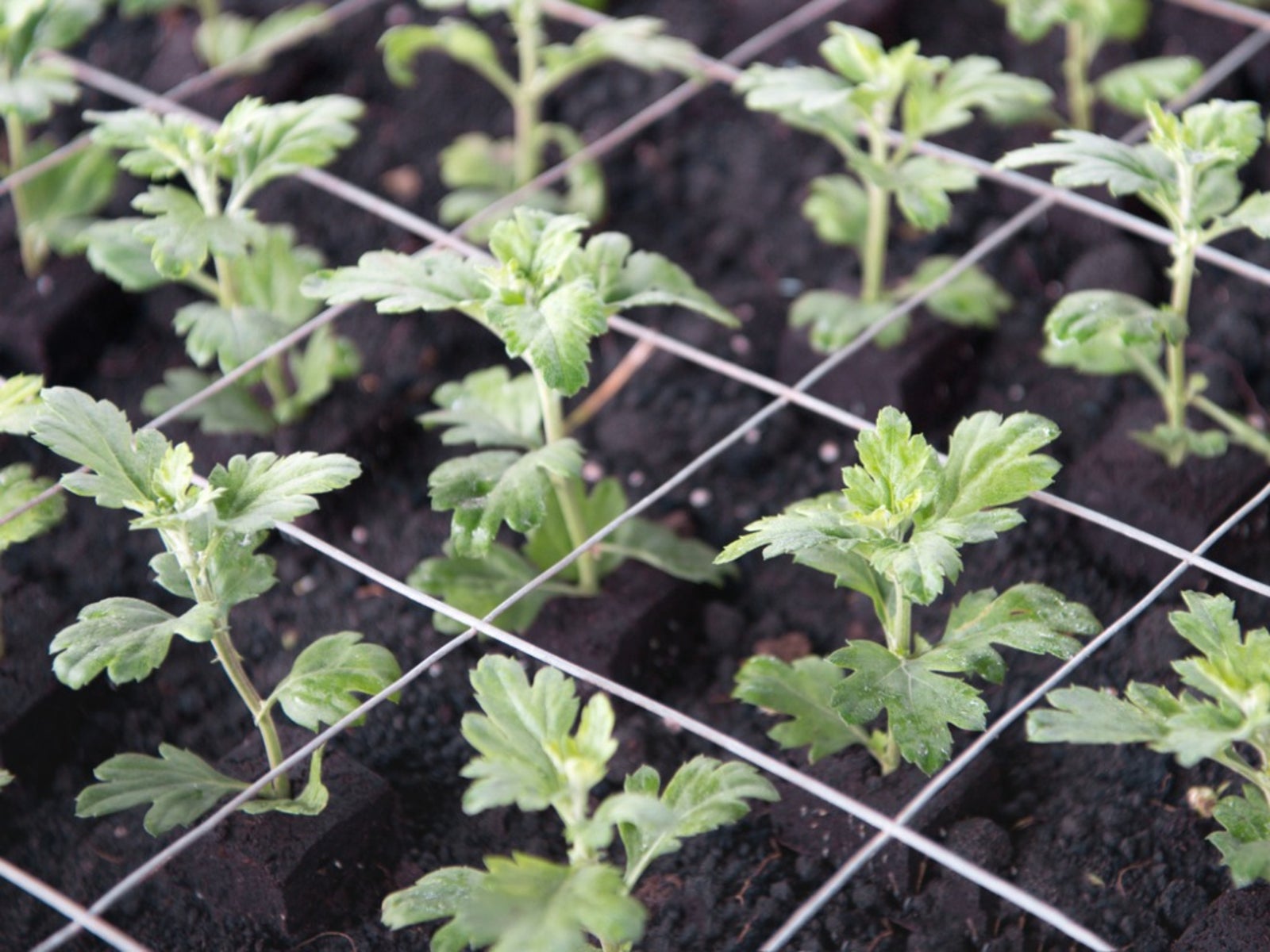
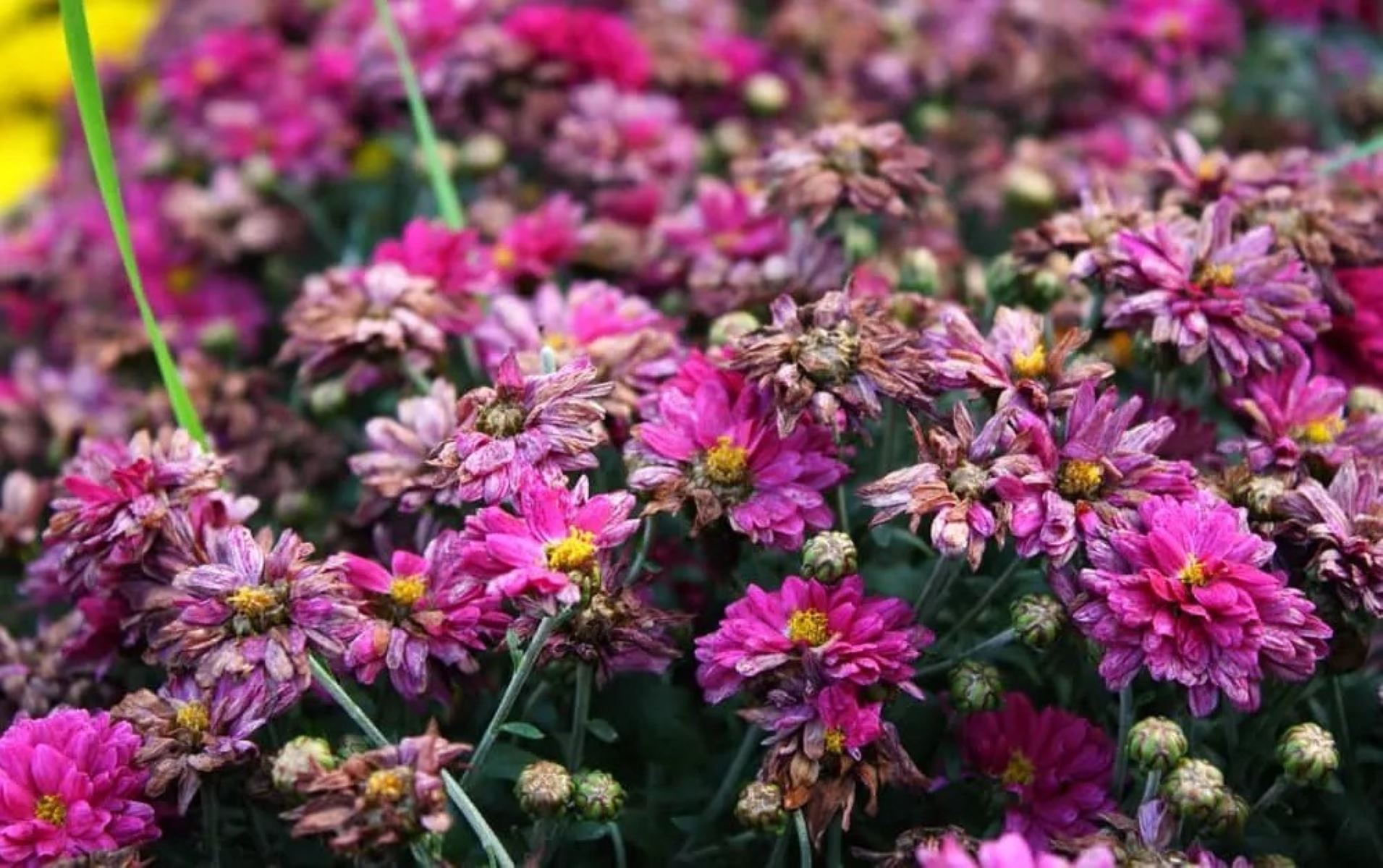

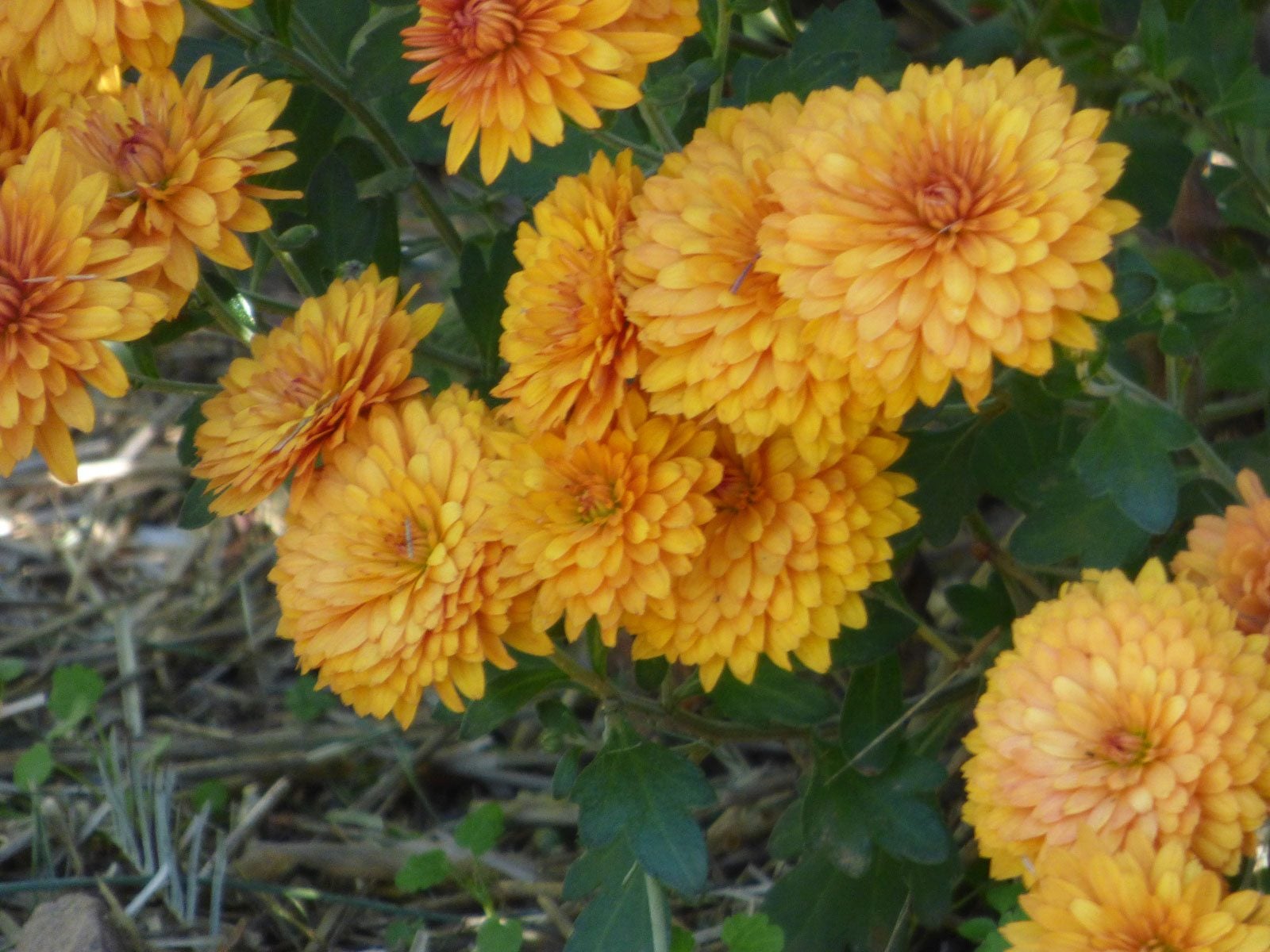

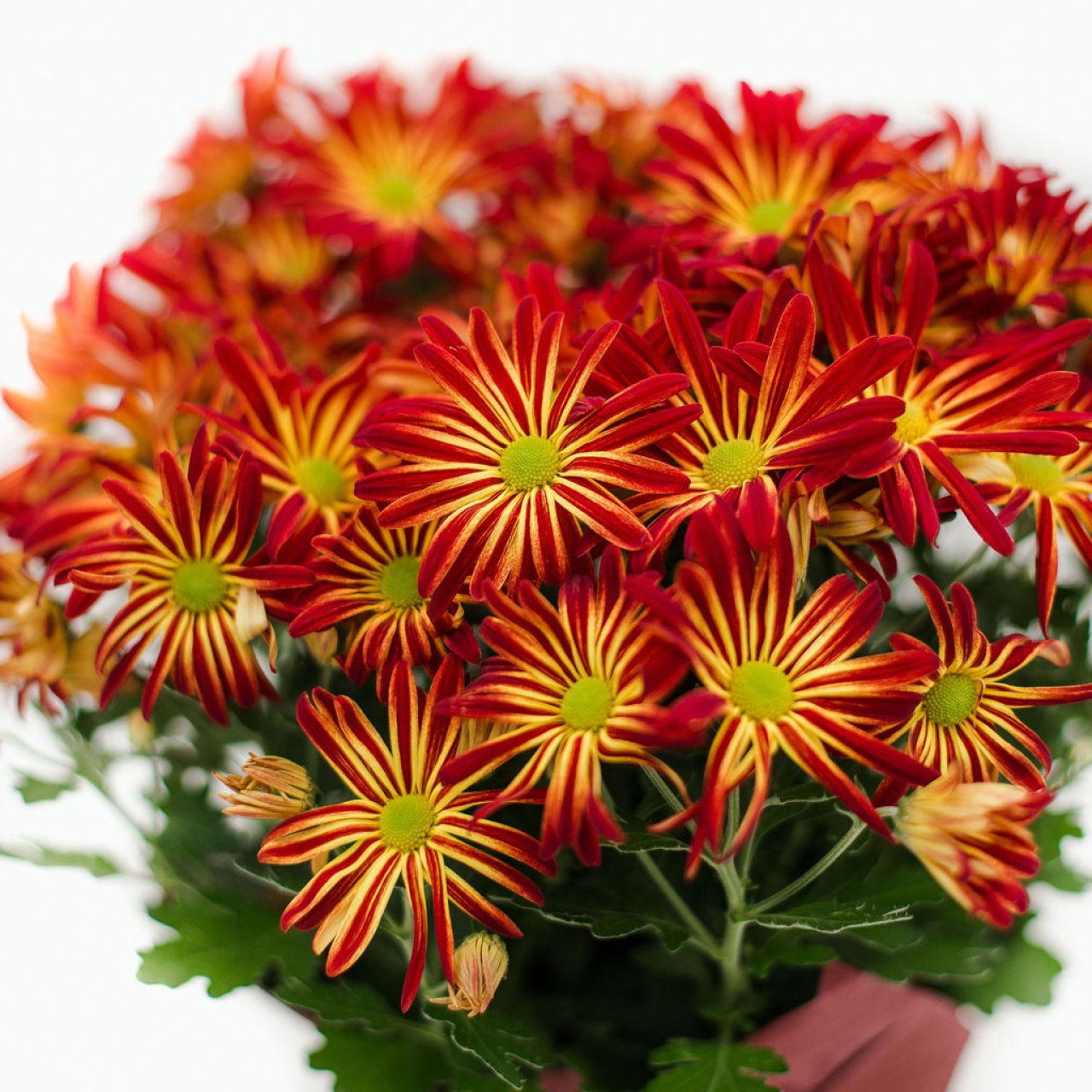
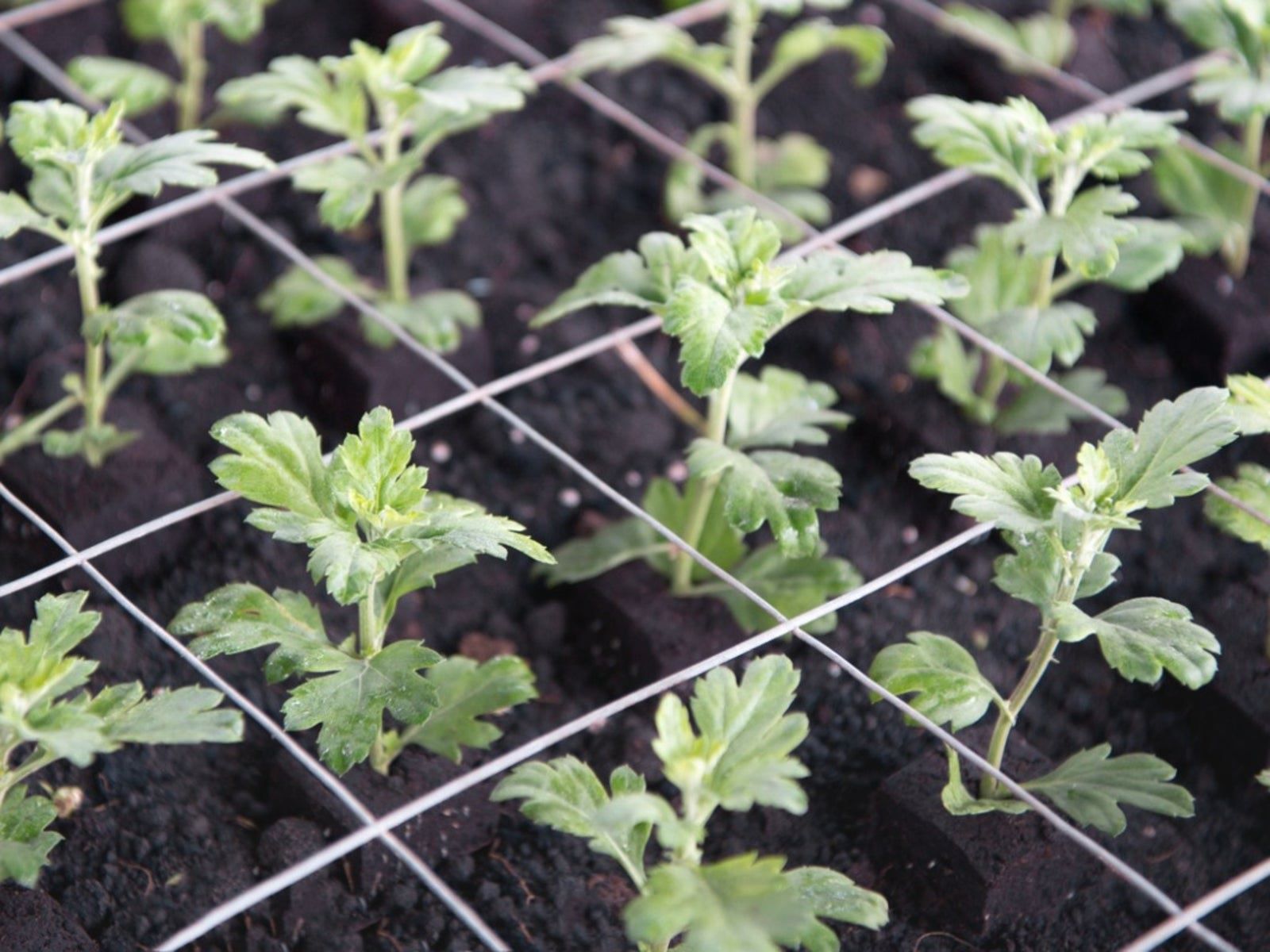

0 thoughts on “How To Pinch Back Mums”